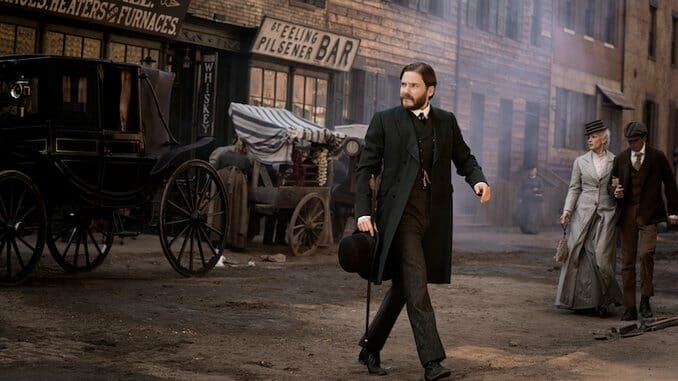The Effects of Binge TV and Why Weekly Episodes Shouldn’t Go Out of Fashion
Or: How I learned to stop bingeing and love weekly release schedules.
Photo Courtesy of TNT
Enjoy one of our favorites from the Paste Vault, originally published August 10, 2020 and made freshly relevant by the WandaVision release schedule.
![]()
Look, I have been a staunch defender of and believer in the binge-watch method since I was a teenager watching mega rerun blocks of cable series on Saturday afternoons. In fact, it’s possible that I never watched live TV (or an episode when it premiered) until some time after college. My greatest TV joy was seeing a block of Law & Order or Real World episodes running ad infinitum. I binge-watched TV shows on DVD, and later, via Netflix (on DVD!) By the time Netflix streaming arrived, I was primed to consume a season in two or three sittings, thrilled by the lack of commercials and being able to stop and start on my own schedule.
For a long time, I would have described this as ideal. But the reality now has become more of a be-careful-what-you-wish-for scenario exacerbated by Peak TV. Again, it’s a burden felt more acutely by someone whose job it is to stay on top of this never-ending carousel of seasons that may premiere all at once. And yet, part of my waning enjoyment of bingeing is a general exhaustion tied in part to the artificial constraints we’ve created around Netflix’s binge-and-purge model. A show debuts on a Friday, and by Monday it’s old news (and spoilers abound). And more often than not, it’s then completely forgotten about.
Even for those who aren’t trying to keep up with popular TV shows (whose seasons are released at all once) in real time, the on demand viewing experience has also destroyed watercooler culture. There were many, myself included, who suggested Game of Thrones might be the last watercooler series, the last show that was such a juggernaut that people actually felt compelled to watch it live so they could discuss it the next day. More often, a new show will premiere that I’ll recommend to a friend, and sixth months or a year (or more) later they’ll say “oh I just started [that show] and loved [these moments].” By then, the show has faded from my memory enough that I can’t really recall the specifics, and therefore can’t discuss much beyond “cool! Glad you’re enjoying it!” It occasionally happens in reverse, too, when I catch up on an older show that I can’t wait to talk about, only to find that the relevant discourse disappeared long ago.
-

-

-

-

-

-

-

-

-

-

-

-

-

-

-

-

-

-

-

-

-

-

-

-

-

-

-

-

-

-

-

-

-

-

-

-

-

-

-

-








































